What is climate change adaptation? (Part One)
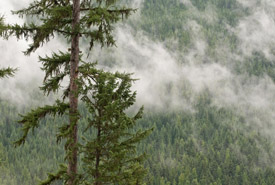
Misty Darkwoods forest, BC (Photo by Bruce Kirkby)
Did you ever ask yourself this question? If not, you should. If yes, you’re not the only one! Two national events that occurred in 2016 are a testimony to the importance and complexity of this question. Impacts of climate change Much...
Life in freshwater country: How helping water helps Canada (Part One)
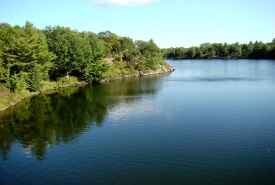
Elbow Lake, Frontenac Arch, ON (Photo by NCC)
If you are Canadian, either by chance or by choice, you probably have a story about water. It might be learning to paddle a canoe, pulling your first fish from the water or standing on the dock on the May 24 weekend with friends, challenging each...
Monarch butterfly habitat selection

Monarch butterfly (Photo by A. Dabydeen)
The monarch butterfly is one of the most recognized and loved insects in the world. It is known, in part, for its phenomenal migration from its Canadian breeding grounds to overwintering sites in the mountains of Mexico. Unfortunately, the...
Wild bees in the grasslands
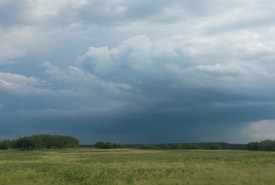
A summer storm gathers over NCC’s Fort Ellice prairie (Photo by Marika Olynyk)
In 2015, I had the good fortune to spend a second summer conducting pollination research on beautiful grasslands in western Manitoba. As described in my previous post, I have been investigating landscape effects on pollination service in...
NCC staff in the field
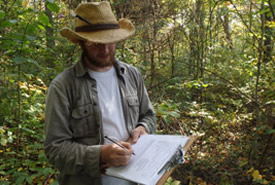
NCC reptile and amphibian technician, Louis Gagnon, records data during field variations of species at risk habitat models (Photo by NCC)
Part of a Nature Conservancy of Canada (NCC) scientist’s job is to go out to our conserved properties, potential acquisitions and surrounding areas and collect samples and information essential to our work. This information helps identify...
Take a walk on the wild side with NCC
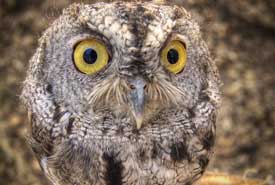
Western screech owl (Photo by Josh Shaw)
The field observations made by scientists at the Nature Conservancy of Canada (NCC) are key to telling the stories of conservation. On an average day field staff may encounter an array of wildlife species. Their ordinary field day can yield...
To everything there is a season. Tern! Tern! Tern!
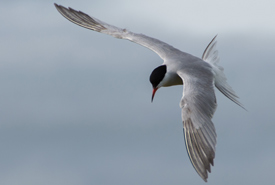
Common tern in flight at Tern Island, Tabusintac (Photo by Claire Elliott/NCC)
On a June day last year, I found myself on a small sandy island surrounded by thousands of screaming terns overhead. With the smell of guano filling my nose, I carefully picked my footing around nests containing eggs and thought — it's good...
Conserving Canada's natural capital
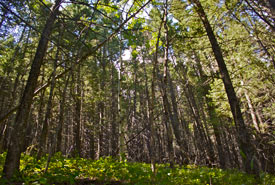
Lusicich, Crowsnest Pass, AB (Photo by NCC)
It might be hard to imagine that there's a close connection between my job as an economist at TD and my passion for the great outdoors — camping, hiking and canoeing being among my favourite pursuits. But there is. Over the past two years,...
Why no net loss in biodiversity offsets fails nature and people

Misty Darkwoods forest, BC (Photo by Bruce Kirkby)
There is a new conservation tool making its way through the forests, wetlands and boardrooms of Canada: biodiversity offsets. Biodiversity offsets offer an opportunity to mitigate development impacts to nature that cannot be otherwise avoided....
Something's Fishy: The old fish and the lake
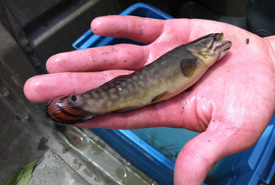
Juvenile bowfin from Ontario waters (Photo by Raechel Bonomo/NCC Staff)
What if I told you there are living fossils swimming in our waters right now? A few fish species that inhabit Canadian lakes and rivers have such ancient lineages, they are considered prehistoric. Some of these species swam alongside the...

